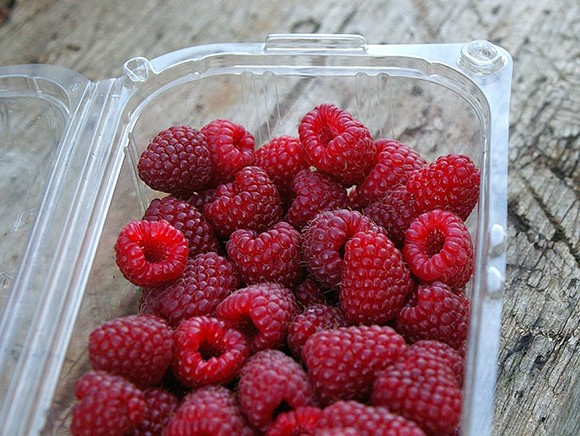
The global food problem offers plenty of opportunities for packaging, resulting from the increased demand for fresh food, for example, and logistics- and transport-related challenges. The packaging is more than just an attractive outer layer for a product; by extending a product’s shelf life, it helps to reduce food waste. The downside of the volume of packaging material used is that it actually creates a waste problem of its own.
The global demand for packaging is changing as a result of several demographic shifts. In developed countries we are seeing urbanisation, ageing populations and smaller households. This is creating a greater need for smaller pack sizes; family packs or economy packs are falling out of favour. Meanwhile the consumption of convenience food is growing, which is creating more demand for pre-packed food. The rise of the middle class is having the biggest impact on packaging in developed countries. Middle-class consumers are increasingly choosing to shop in supermarkets and buy modern food that has been packaged safely rather than buying food loose at their local market. On a global scale, the amount of plastic packaging is forecast to increase by between 18 and 20 percent between 2017 and 2021.
The use of packaging has a negative impact on the environment. According to the Ellen MacArthur Foundation, the oceans will probably contain more kilos of plastic than fish by 2050 (Ellen MacArthur, 2016). Nevertheless, packaging has an essential function: it protects the food after harvesting, during storage and transport, thus reducing waste and extending the shelf life.
Each type of packaging material has some kind of effect on the environment, either due to the raw materials and production methods used, its volume and weight during transport or its suitability for recycling. In the case of glass packaging, for instance, a lot of energy is used in its production and it is a heavy and bulky product. As a result, transporting glass packaging requires more trucks than plastic, for example. Fewer trucks on the road reduces fuel consumption, carbon emissions and transport costs. On the other hand, glass has the advantage that it is 100 percent and infinitely recyclable and it extends the product shelf life for longer than plastic. Furthermore, consumers are more used to the idea of taking their glass packaging to the bottle bank than of sorting their plastic waste for recycling.
The volume of packaging is creating huge mountains of rubbish in Asia and Africa. That is not only unhygienic, but also a missed opportunity. Waste is worth a lot of money when it can be re-used as raw materials for new products. This is one aspect of the circular economy. Re-use reduces the amount of rubbish lying around, plus it means that fewer new raw materials such as metal, oil and wood are required. After all, these are finite resources. Cardboard can be recycled approximately seven times, and glass and metal infinitely. Plastic packaging is not usually recyclable because the plastic is made up of thin layers of different materials in order to achieve the required characteristics. Since it is not a ‘mono product’, it is more difficult to recycle this type of packaging.
The plastics industry is extremely innovative, and ever-more ways are being developed to create packaging from organic materials such as milk, sugar beet, potato starch and even shrimp shells. These biopackaging materials will go some way towards substituting plastics made from environmentally harmful petroleum. However, these products cannot yet completely replace fossil-fuel plastics. Moreover, biofuels are many times more expensive than oil-based plastics. Nevertheless, the costs will fall as more and more biomaterials are used.
We are also seeing ever-more innovation in the field of information transparency, such as a label that changes colour as a product approaches the end of its shelf life. The colour of the label makes it very clear to the consumer whether the product can be kept for longer or should be eaten quickly. The industry can reduce food waste even more significantly by continuing to devise innovative new packaging concepts.
© Rabobank
Source: © Pixabay